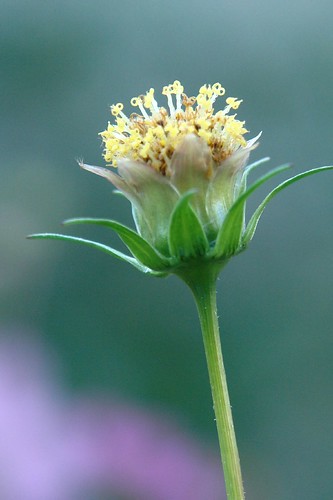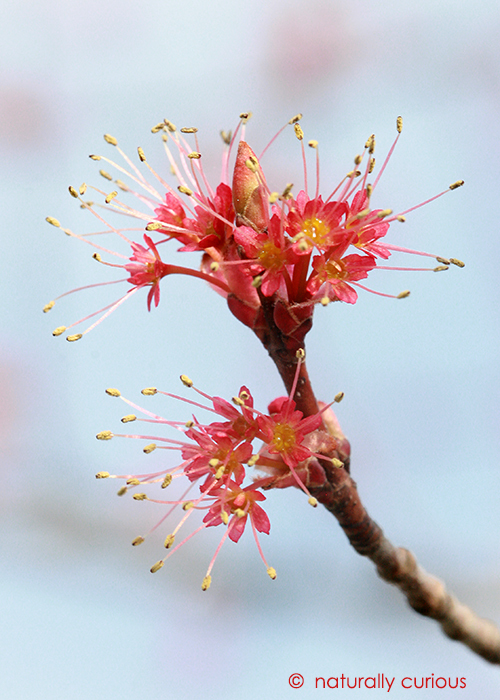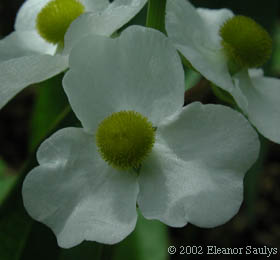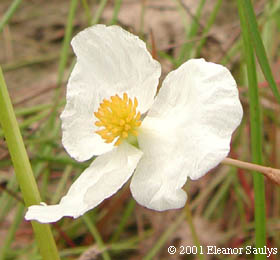
Categories of Flowers
(determined by parts present)
Perfect Flowers - have both pistillate (female) and staminate (male) parts; may or may not have petals or sepals
Imperfect Flowers - have male or female sex organs...but not on the same flower.

Complete Flowers - have all four parts of the flower present: sepals, petals, pistil, and stamens
*complete flowers are "perfect flowers"......but not all "perfect flowers" are complete flowers
*if the petals, or sepals are missing, the flower may still be perfect if the pistil and stamens are present
*but if the petals or sepals are missing.......the flower is not considered a complete flower....these types of "flowers are called Incomplete Flowers
Here is a flower without petals: it is still a perfect flower, because it has the stamens and pistils

staminate flowers - have only the stamens present (considered "male" flowers)
Here is the flower of the Red Maple Tree (Acer rubrum)....it is a staminate flower:

pistillate flowers - have only the pistils or carpels present (considered "female" flowers)
Here is the female flower of the broadleaf arrowhead plant:

Your next question might be: "If you only have female flowers, how can the plant reproduce?"
The same plant will also produce "male" flowers. The pollen from the male flowers will be transferred to the female flower by wind or insects. It is not as efficient as having the stamens right next to the flower like in perfect, or complete flowers.
Here is the male flower of the broadleaf arrowhead plant:
